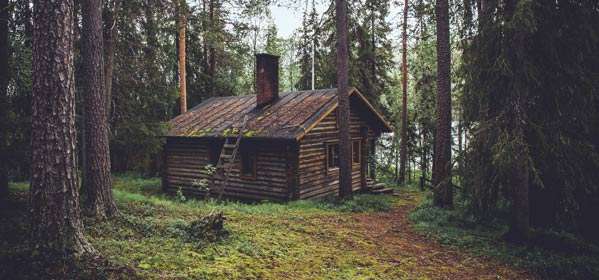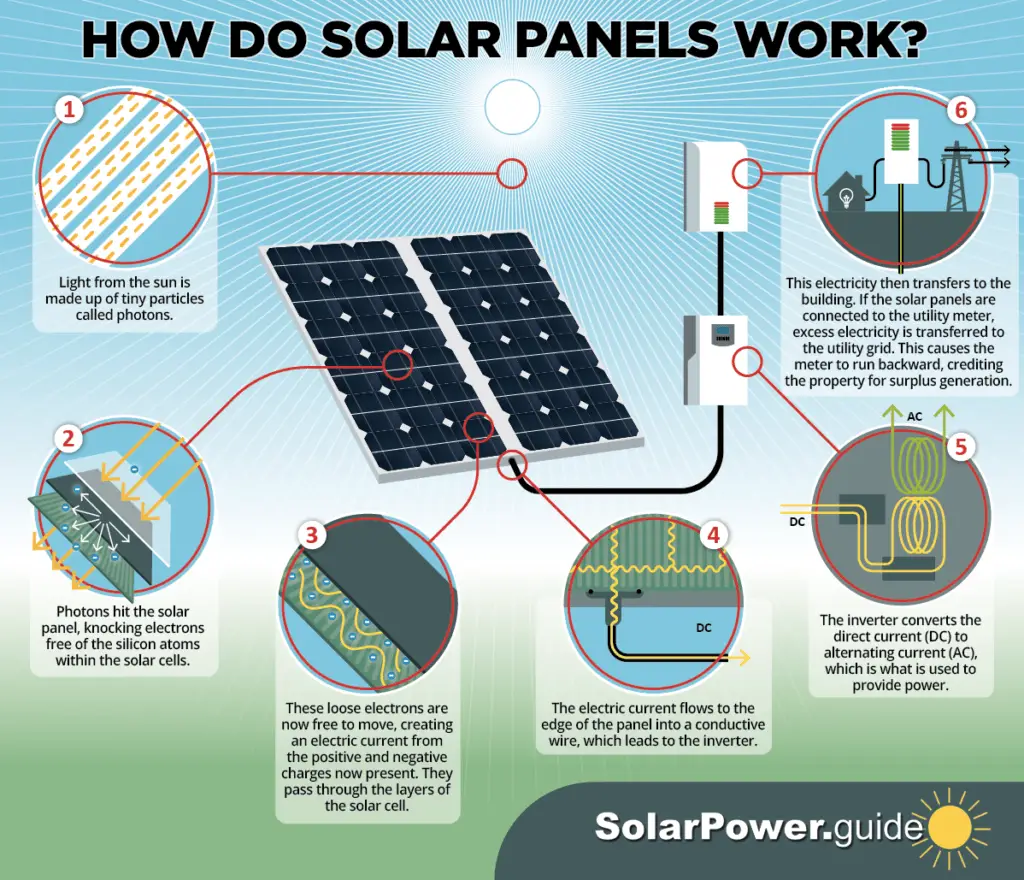Living off the grid in the woods may sound like a dream to some, but it comes with its fair share of challenges. From finding the perfect location with access to fresh water, to learning how to forage, hunt, and grow crops for survival, there is a lot to consider. Living in a clearing in the woods is ideal for those looking to grow crops and generate power, but finding water sources can be a challenge. With limited direct sunlight in the woods, generating power off the grid with solar panels can also prove to be difficult. Additionally, planning for transportation and logistics is essential, with many opting to use ATVs or snowmobiles for different seasons. Living off the grid in the woods may not be for the faint of heart, but for those willing to take on the challenges, it can be a rewarding way of life.
Challenges of Living off the Grid in the Woods
Living off the grid in the woods can be an exciting and fulfilling way to escape the hustle and bustle of city life. However, it also comes with its fair share of challenges. From finding a suitable location to obtaining water, generating power, and even transportation and logistics, there are several factors to consider when embarking on this off-grid lifestyle.

Finding a Suitable Location
One of the first challenges you will face when living off the grid in the woods is finding a suitable location. It is essential to find an area that meets your needs and allows you to live comfortably.
Access to Fresh Water
Access to fresh water is another significant challenge when living off the grid in the woods. Fresh water is essential for drinking, cooking, and basic hygiene. Therefore, you must have a reliable source of water before settling in a specific location.

Survival Methods
Living off the grid in the woods requires you to rely on survival methods to meet your basic needs. Foraging for food, hunting and fishing, and growing crops are some of the common methods people use to sustain themselves in this environment.
Choosing a Clearing for Living
Living in a clearing in the woods has several advantages. It provides you with ample space to grow crops, generate power through solar panels, and allows for better sunlight exposure. However, choosing the right clearing is crucial for a successful off-grid living experience.

Obtaining Water
When living off the grid in the woods, obtaining water can be a challenge. Rainwater harvesting and finding local streams or rivers are common methods people use to ensure a reliable water supply. Additionally, proper water filtration and purification methods are essential to ensure the water is safe for consumption.
Sunlight for Growing Crops
Growing crops is an important aspect of living off the grid in the woods. Sunlight is crucial for the growth of plants, so settling in a clearing or creating a small sunlit area is recommended. This allows you to maximize the potential of your crops and ensures a bountiful harvest.

Composting in the Forest
Composting is essential for improving the nutrient-rich soil in the forest. It allows you to recycle organic waste and create a sustainable environment for your crops. By utilizing organic waste and creating a well-maintained compost pile, you can ensure that your plants receive the necessary nutrients for healthy growth.
Wood Stove for Heating and Cooking
Living in the woods often means dealing with colder temperatures, especially during the winter months. Having a wood stove for heating and cooking becomes essential in these situations. It provides warmth and allows you to prepare meals even when there is no access to other heating sources.

Gathering Firewood
To ensure a steady supply of firewood for your wood stove, it is crucial to gather firewood during the summer months. This allows the wood to dry properly and be ready for use during the winter. Proper firewood gathering techniques and storage methods are necessary to ensure an efficient and reliable source of fuel.
Generating Power off the Grid
Generating power off the grid can be a challenge when living in the woods due to the limited amount of direct sunlight. Solar panels are a popular choice for off-grid power generation, but finding a suitable location with enough sunlight can be difficult. It is important to consider alternative power sources and implement energy-saving practices to ensure a consistent power supply.
Transportation and Logistics
Transportation and logistics are often overlooked but crucial aspects of living off the grid in the woods. Planning for transportation, especially during different seasons, is essential to ensure you can travel to and from your location safely. Using ATVs or snowmobiles can be common options for navigating the rugged terrain. Additionally, proper maintenance and repair of vehicles are necessary to avoid any unexpected issues.
Living off the grid in the woods offers a unique and rewarding lifestyle, but it also comes with its fair share of challenges. By addressing the challenges of finding a suitable location, ensuring access to fresh water, utilizing survival methods, choosing the right clearing, obtaining water, utilizing sunlight for growing crops, composting, using a wood stove, gathering firewood, generating power off the grid, and planning for transportation and logistics, you can overcome these challenges and create a sustainable and fulfilling off-grid life in the woods.




